Retro Replay Review
Gameplay
Wheels on Fire offers a solid blend of accessibility and depth in its racing mechanics. Players can jump straight into practice laps to learn the handling quirks of each car, or dive into the full 15-course championship for a true test of skill. The progression from simple tracks to more challenging courses keeps the adrenaline pumping, while the ability to save and resume your career provides a convenient way to tackle the entire season over multiple play sessions.
(HEY YOU!! We hope you enjoy! We try not to run ads. So basically, this is a very expensive hobby running this site. Please consider joining us for updates, forums, and more. Network w/ us to make some cash or friends while retro gaming, and you can win some free retro games for posting. Okay, carry on 👍)
The game introduces varied weather conditions that dynamically affect traction and visibility, forcing you to adapt your driving style on the fly. Rain-soaked asphalt can turn treacherous, and foggy stretches demand extra concentration as you navigate the voxel-built hills and curves. Between rounds, a detailed tuning menu lets you tweak suspension, gear ratios, and tire compounds, rewarding patient players who invest time in optimizing their setups.
Controls are responsive and intuitive for the era, striking a nice balance between arcade-style fun and simulation challenge. Whether you’re drifting around a hairpin in a lightweight racer or managing the power delivery of a heavier stock car, each vehicle feels distinct. Multiplayer split-screen adds an extra layer of competition, making head-to-head duels just as compelling as the solo championship.
Graphics
At the time of its release, Wheels on Fire was a technical marvel on the Amiga, being the first commercial 3D racing game on the platform to employ a voxel-based landscape. The undulating terrain is built from chunky voxels, lending a rugged, blocky charm to hills and valleys. While modern eyes may deem it primitive, there’s a retro appeal in watching those voxel columns rise and fall as you speed by.
Car models and roadside objects like trees are presented as 3D-rendered bitmaps, which blend surprisingly well with the voxel ground. Polygonal elements fill out the skybox, road barriers, and scenery backdrops, creating a hybrid visual style that was cutting-edge in its day. The result is a coherent, if somewhat jagged, world that runs smoothly even on older Amiga hardware.
Graphical Details such as weather effects—rain streaks on the track, shifting clouds, and changing light conditions—add atmosphere and variety to each race. Textures may look coarse by modern standards, but they convey enough information to distinguish one course from the next. Overall, the visuals serve the gameplay well, offering clarity on racing lines and environmental hazards without sacrificing performance.
Story
Though Wheels on Fire doesn’t present a traditional narrative, it weaves a compelling career arc through its championship structure. You begin as an underdog racer, earning your stripes in practice and lower-tier events before stepping up to high-stakes courses across varied landscapes. This implicit storyline of rising through the ranks gives context to each race and a personal goal for completionists.
The game’s menu screens and event descriptions frame each track with hints about its challenges—whether it’s the tight turns of a forested trail or the sweeping climbs of a mountain pass. These little touches help create the sensation that you’re more than just a speedster; you’re part of a grand racing tour with diverse locales and conditions to master.
Victory celebrations and podium screens add final punctuation to each triumph, reinforcing the competitive spirit. As you unlock new courses and tuning parts, you feel incremental progress in your “story.” While there’s no cutscene-heavy campaign, the structured ladder of events provides enough narrative momentum to keep you engaged through all 15 championship rounds.
Overall Experience
Wheels on Fire remains an impressive example of early 3D racing on the Amiga, blending innovative voxel terrain with bitmap and polygonal models. Its mixture of practice modes and a full championship offers flexible play options, accommodating both casual lap runners and dedicated career racers. For retro enthusiasts, it’s a nostalgic journey back to a time when developers pushed hardware limits in inventive ways.
The combination of dynamic weather, car tuning, and saveable career progress ensures that each playthrough feels fresh. The challenge curve is well judged, with early races teaching fundamentals and later courses demanding precision and strategy. Even without modern bells and whistles like online multiplayer or high-definition graphics, Wheels on Fire delivers a rewarding arcade-simulation hybrid that stands the test of time.
For collectors and vintage gaming fans, Wheels on Fire represents a milestone in Amiga history and a fun, engaging racing title in its own right. Its rough-hewn visuals are part of its charm, and the solid gameplay foundation keeps you coming back for “just one more” lap. If you’re seeking a piece of racing heritage that still offers genuine thrills, this voxel-powered classic is well worth exploring.
 Retro Replay Retro Replay gaming reviews, news, emulation, geek stuff and more!
Retro Replay Retro Replay gaming reviews, news, emulation, geek stuff and more!
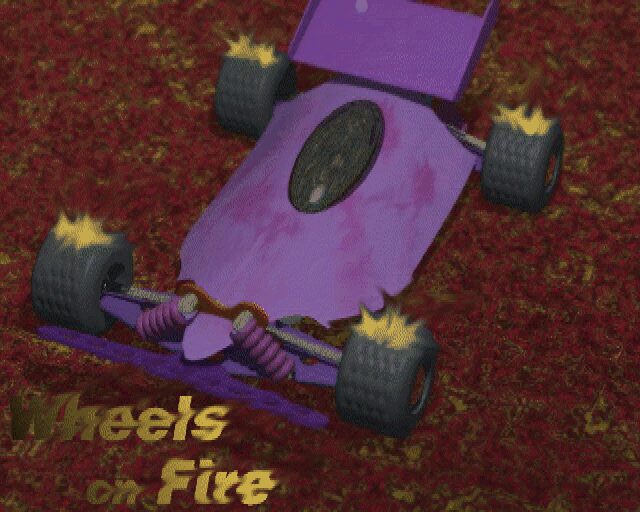
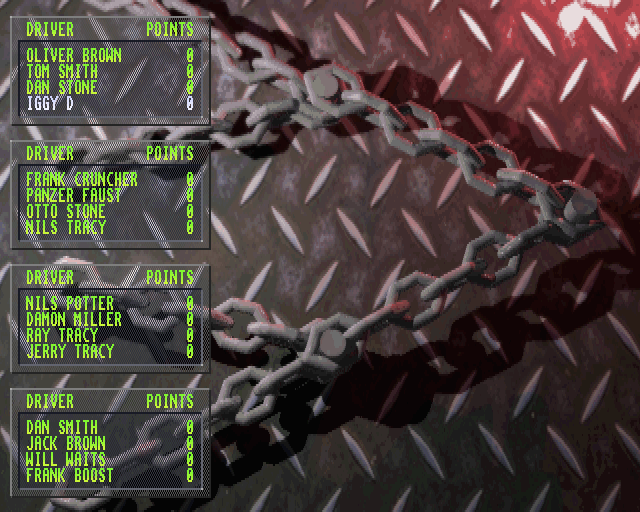
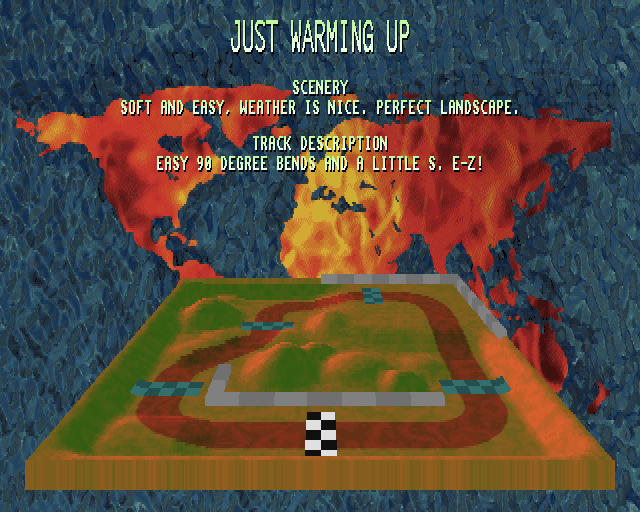
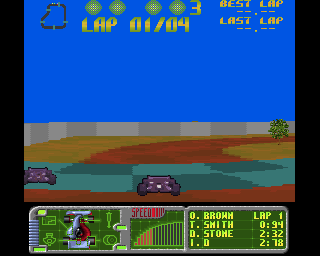
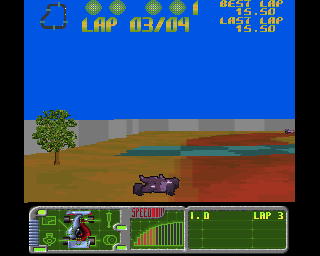
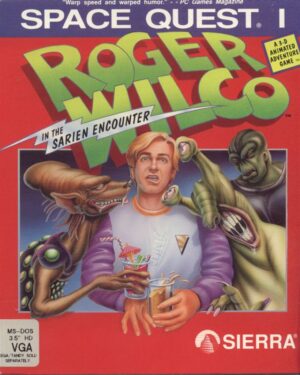


Reviews
There are no reviews yet.